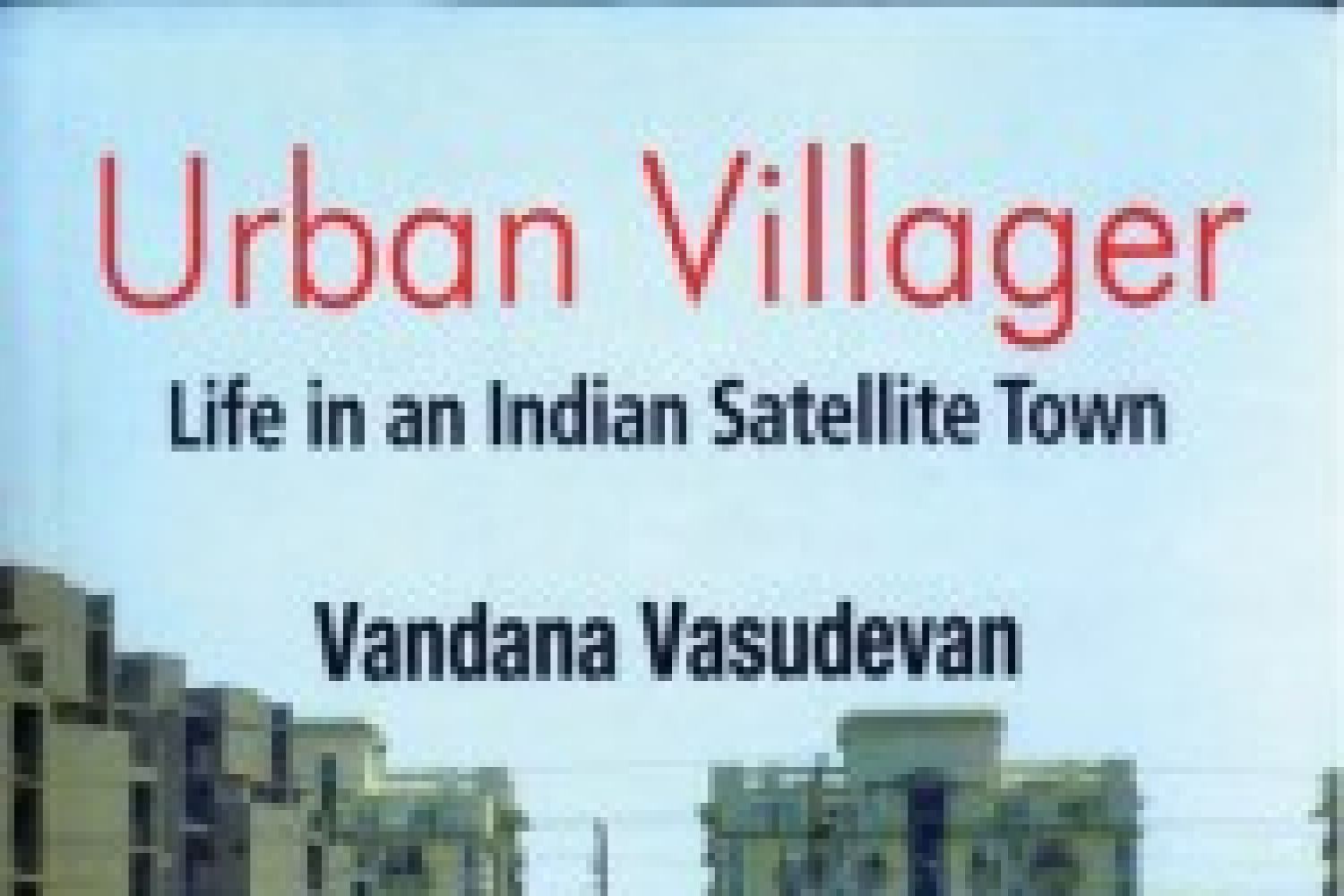
Expecting that the
metro will improve connectivity to Greater Noida, all the prominent builders of
NCR have a finger in the Greater Noida pie, except DLF, Gurgaon’s monarch.
Ansals, Unitech, Supertech, Amrapali ATS, Eldeco and Parsvanath are all
developing large residential projects in Noida and Greater Noida. Everyone has
built or is building a gated community with high rises, low rises and in some
cases villas, which allow the pleasures of a bungalow but with the facilities
of a buildi





